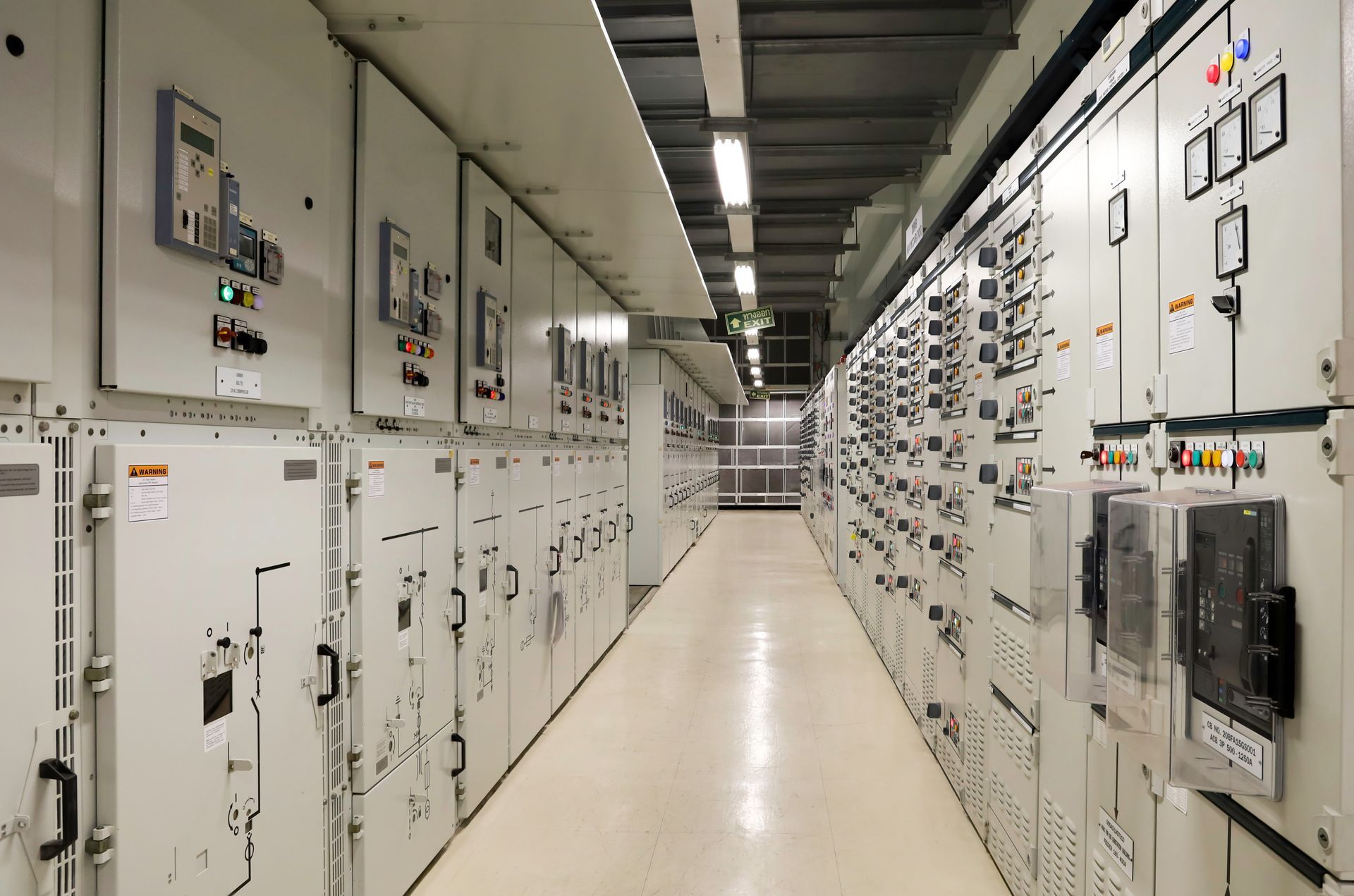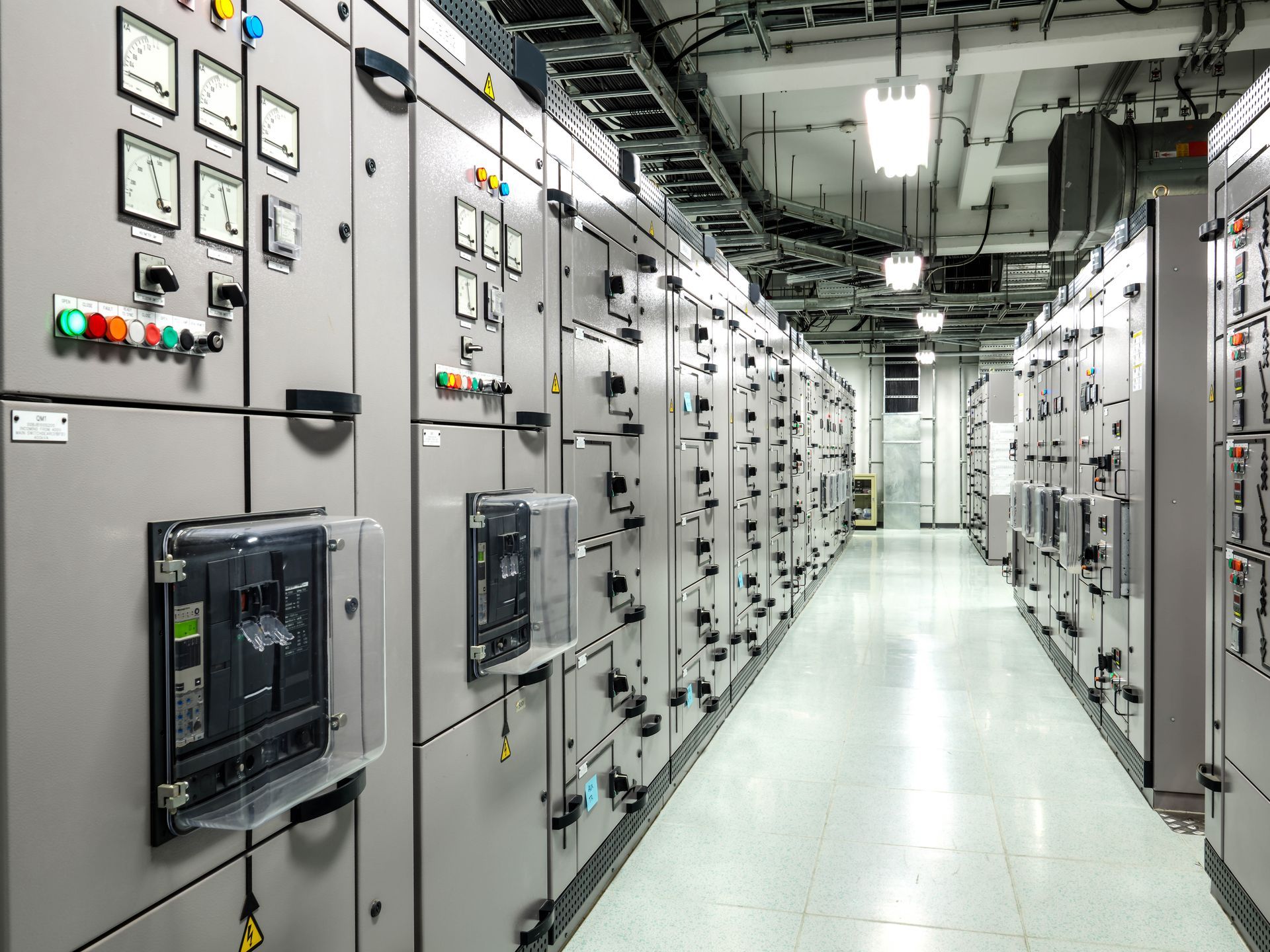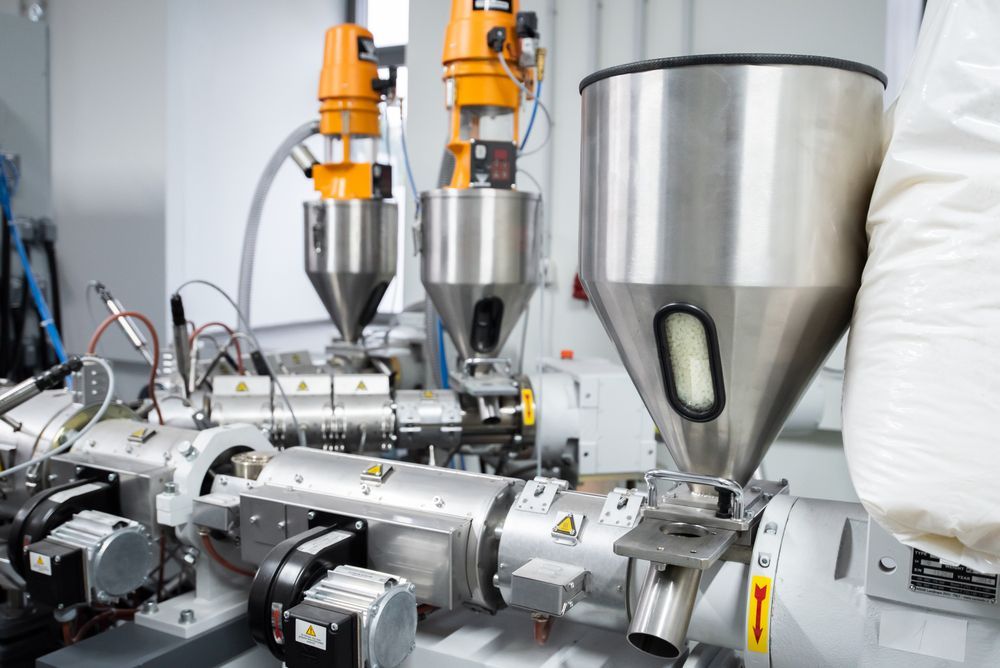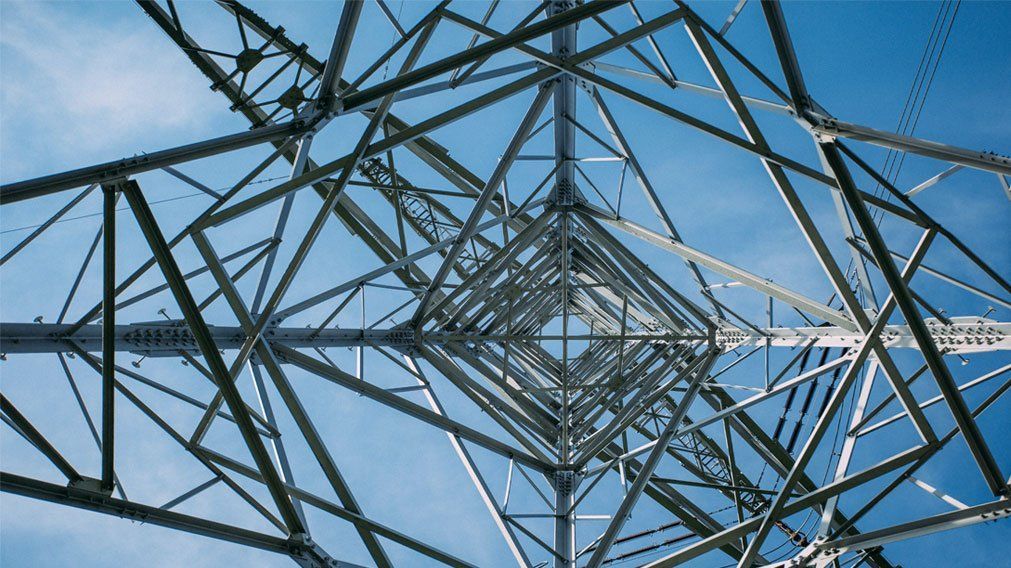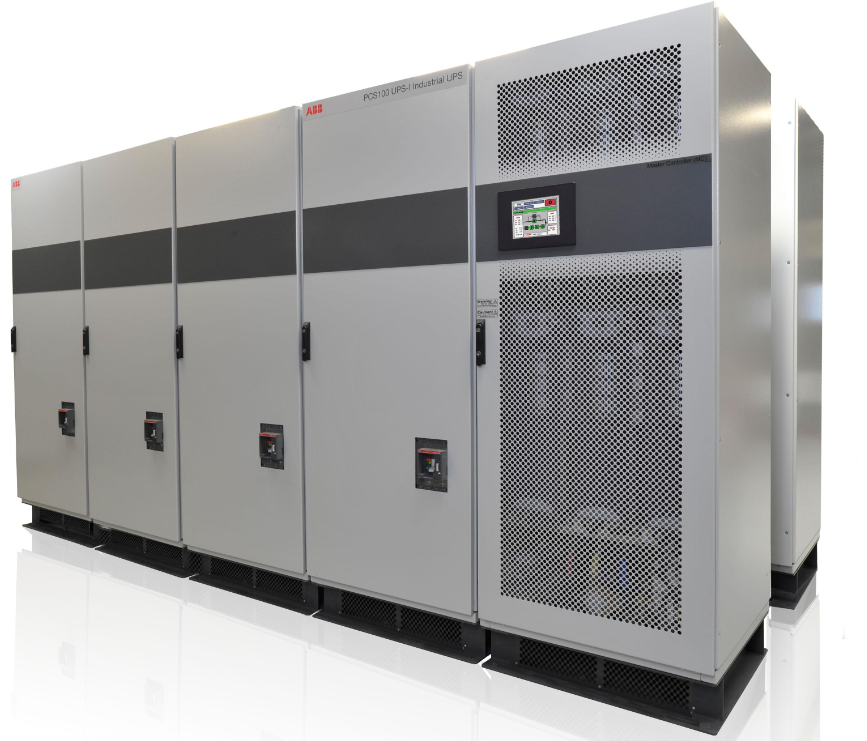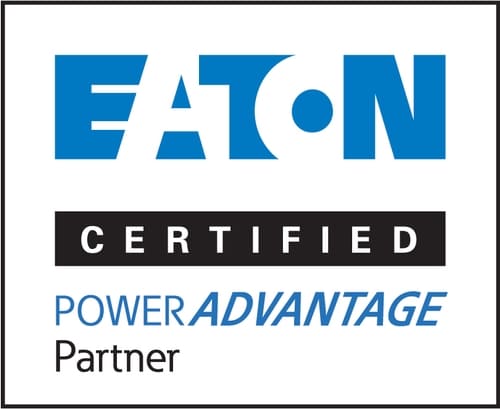AVR vs UPS: Active Voltage Regulator (AVR) vs Industrial UPS System
Share this article:
As the electrical equipment market continues to become heavily saturated with a wide range of products, the need for clarity is becoming increasingly important. Today, the range of available Active Voltage Regulation (AVR ) and
Uninterruptible Power Supply (UPS) system products are expanding even further, leading many to believe that the two are similar, even redundant in function. However, despite this popular belief, these two devices are actually very different in terms of the functions they perform for your facility and the ways in which they work. Below, we explore the differences in function between an AVR vs
Industrial UPS System , and including AVC Active Voltage Correction with battery , to provide guidance on which of these products may be best suited to cater to your voltage regulation requirements.

Uninterruptible Power Supplies (How They Work)
Acting as a backup power supply, a UPS System is designed to deliver power during short or extended power outages long enough for equipment to be shut down properly. Or work in tandem with an emergency generator to keep continuous supported load until utility returns. By doing so, a UPS System helps to prevent important data losses while simultaneously minimizing damage that a hard shutdown can have on electronics. A correctly sized UPS system, integrated properly, is an invaluable piece of support equipment for data centers, hospitals, telecommunications, and various industrial spaces. Smaller UPS systems are also available which cater to your office or home needs. Those seeking Industrial Applications for Industrial UPS Systems should seek out a specialized inverter based system that can handle the rigors of the facility. There is a point where an AVC plus battery solution exceeds the quality of an Industrial UPS System for plant or process environments. See page
AVC or Industrial UPS System .
Outside of a complete blackout or power outage, abnormal voltage, such as a
surge or
sag , can also damage electronics in terms of life span and performance. To counteract this fact, one additional function of a
UPS system is surge protection. UPS systems work to correct voltage before it reaches your equipment, protecting connected devices from power problems of many types.
Active Voltage Regulators (How They Work)
Normal utility power can vary, in some cases dramatically enough to cause damage or decrease the performance of your devices. The purpose of an AVR is solely to maintain constantly acceptable voltage levels for the benefit and health of your electrical equipment. Because of their ability to stabilize the voltage in a reliable way, an AVR is often the preferred device for this particular application.
When it comes to protecting industrial or manufacturing equipment, Active Voltage Regulation is often the most inexpensive and simplest way to correct voltage. Generating a fixed output voltage as these devices act as a buffer to protect components from sustaining damage. However they are limited to a certain voltage window at which they can correct to nominal voltage.
The size and technology choice for a customer specific option will depend on the voltage window they are trying to correct. In many instances, a voltage regulator is incorporated with a transformer to isolate incoming anomalies. In smaller applications, a ferro resonant transformer-based system can provide voltage regulation with battery storage backup, much like a Ferrups UPS system from Eaton.
However, because Active Voltage Regulators do not have a backup power supply of their own, the extra cost of an external battery will be required in order to provide uninterruptible power in the event of a blackout. Additionally, some voltage regulators can also automatically cut off the power supply if the input voltage becomes to low, or high for the regulator to do its job properly.
AVR vs UPS – Which is Right For You?
Now that you know a little more about each of the devices in question, how can you choose the one that most appropriately meets your voltage and power needs?
If continuous power is an absolute requirement, even during a blackout, a UPSs functionality should always be your first choice. Even if you experience a wide range of power issues, if your equipment requires a steady power supply, or the ability to shut off properly in the event of an outage, a UPS will be the best option for your needs.
However, if your equipment does not require uninterruptible power and you are searching for a more cost-effective method of protecting your devices from fluctuations in power, and active voltage regulator may be just as beneficial.
Get Your Site Surveyed with Voltage Correction
At Voltage Correction, we specialize in
Voltage Regulation Solutions for your industry. All industries dealing with harsh electrical environments required a different approach to power quality management, and our team is ready to provide corrective solutions that match. If you would like more information on what voltage regulation solution is best for your site or want to know more about which specific type of product you should choose to implement, our team is just a call, click, or email away.
The national team is here to help you with product solutions, metering, and site visits to any customer site in the contiguous U.S. We encourage you to contact us today and have your voltage regulation solutions delivered. Call 855-240-6776.
Connect with Us:
